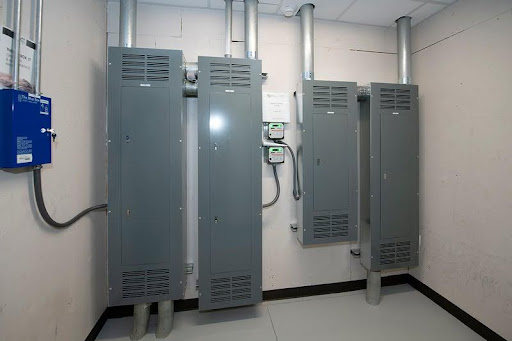Incident Lessons Learned: Electrical Incidents
18 January 2024

Contact an electrian for assistance with electrical systems
Summary
The U of A has experienced a number of incidents related to electrical systems, including:
- Employees switching breakers on panels when not trained, qualified, or competent to do so.
- Unqualified employees disconnecting power for electrical equipment.
- Employees installing equipment into building systems without contacting Facilities and Operations (F&O).
Consequences
Electrical systems post a high risk of injury when work conducted on these systems do not follow appropriate procedures. Failure to follow appropriate lockout/tagout procedures can result in unexpected energization, leading to accidents during maintenance or repair work. Risks include:
- Electrocution
- Arc flash, which poses a high risk of injury and fire
- Burns, cardiovascular injury and other health impacts
- Other risks such as equipment damage, data loss, business disruption and property damage
Culture of Care
The Culture of Care calls for all employees to take responsibility for their own safety and that of others. With that in mind, always ensure your own safety in every situation, including when conducting work where electrical systems are involved.
Call to Action
All work that involves repairing, replacing or otherwise maintaining electrical systems must be conducted by a competent individual. This means someone who is trained, has sufficient experience, and is qualified. If you are not competent, stop and seek assistance. In general, this means calling a certified journeyman electrician, so a maintenance request or work requisition should be submitted to F&O.
There are some minor items that a non-electrician can do. These include:
- Resetting 120/208 volt circuit breakers if they are tripped. If the breaker does not reset, or needs to be reset more than one time, or you don’t know the voltage, stop and contact an electrician.
- Resetting standard or ground fault circuit interrupter (GFCI) outlets.
- Replacing plug-in devices such as light bulbs, power strips, or extension cords.
- Turning off electrical disconnects/switches if equipment is faulty or malfunctioning.
If you are not certain about how to conduct the actions above, stop and speak to your supervisor.
The University of Alberta is committed to the safety, health and well-being of our faculty, staff and students. Every day, we advance this commitment to safety through the Culture of Care.



